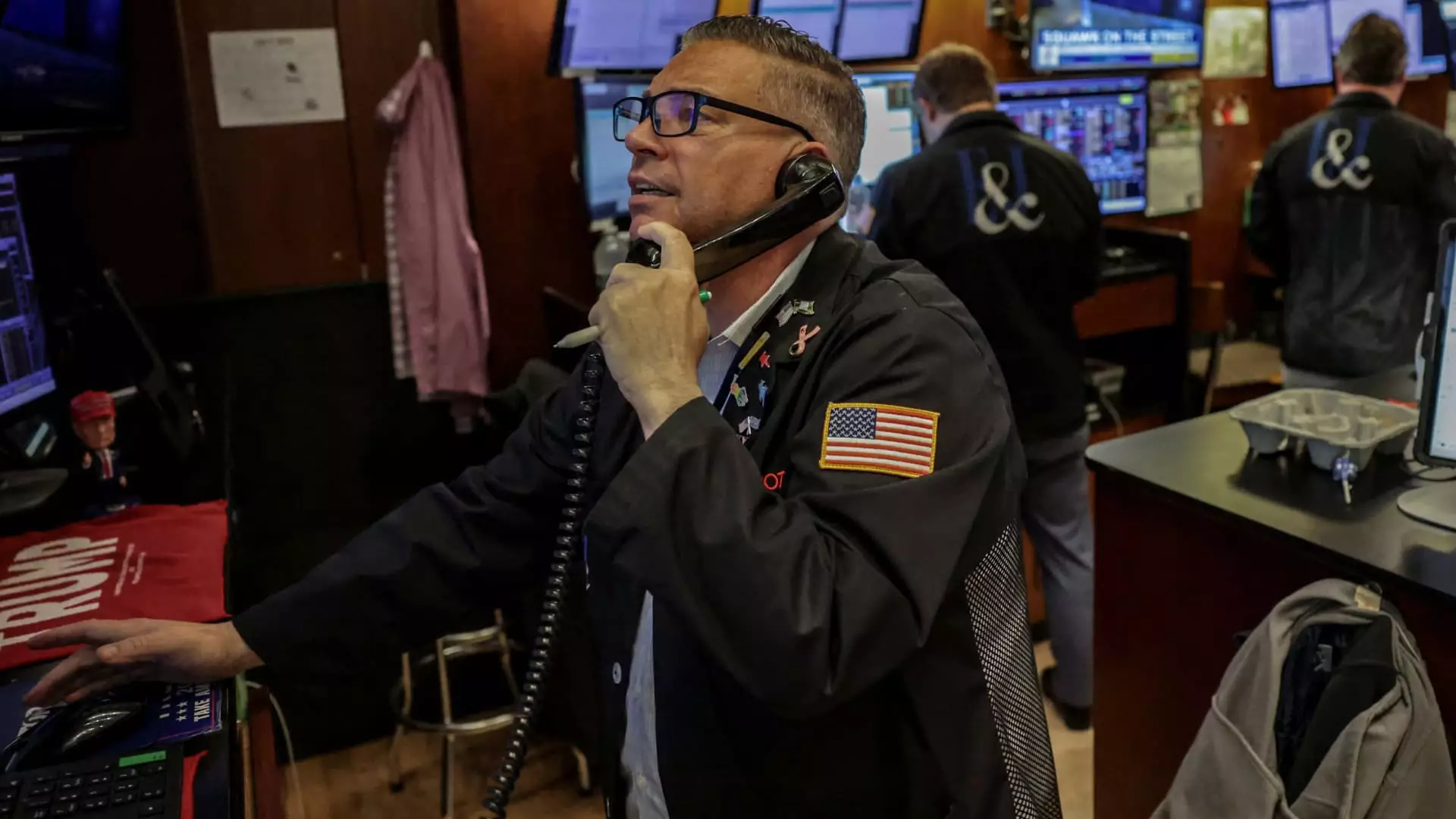In recent weeks, the financial markets have displayed a relentless ascent, giving investors a false sense of security that this bull run will continue indefinitely. Major indices like the S&P 500 and Nasdaq have hit record highs yet again, reinforcing the narrative that the economy is unstoppable. But beneath this shiny veneer of growth lies a precarious reality: the current rally is built on fragile foundations. It’s tempting to cheer the seemingly endless upward momentum, but a skeptical perspective reveals that this optimism may be misplaced. The prevailing euphoria masks the underlying risks that threaten to unravel even the most bullish outlook, especially when market conditions are driven more by momentum than by genuine economic strength.
The Mirage of Robust Earnings and Declining Inflation
Much of the recent optimism hinges on encouraging earnings data and the assumption that inflation is tamed or irrelevant. As companies beat analyst expectations at an extraordinary rate—93% of reporting firms surpassing estimates—it’s easy to believe the economy is firing on all cylinders. But this stellar performance is not necessarily indicative of sustainable growth; it could simply reflect short-term factors or overly optimistic analysts’ projections. Furthermore, the narrative of declining inflation, often driven by trade tariffs and temporary factors, might not withstand the test of time. There is a real danger investors overlook the possibility that this perceived stability could evaporate if inflationary pressures resurface or economic fundamentals weaken.
The Paradox of Sentiment and Overextension
The investor sentiment is at a paradoxical high—yet an undercurrent of caution should be present. After the initial shock of tariff-related sell-offs, strategists dramatically lowered their 2025 S&P 500 targets, only for those targets to be subsequently revised higher as markets continued their upward trajectory. This “re-optimism” often signals an overbought environment, ripe for correction. The VIX index surged past 60 during the volatility spikes, indicating fear and uncertainty lurking beneath the surface. Despite this, the widespread cash sitting on the sidelines illustrates that many are eager to re-enter stocks, but this pent-up demand could turn sour if the market falters. Rushing headlong into a melt-up driven more by hope than fundamentals risks igniting a sharper downturn once the veneer of stability cracks.
Options as a Strategic Hedge in a Fragile Market
In such an environment, using options to define and protect against downside risk isn’t just prudent; it’s essential. A strategic options trade—such as purchasing call spreads—can cap losses while preserving upside potential, offering a more controlled approach amid volatility. Betting on continued parabolic growth without safeguards is reckless. Buying out-of-the-money calls, like the recent $630 strike for August, provides exposure to upside gains without overcommitting capital into overextended positions. Such choices show a cautious pragmatism: embracing the potential of the market but with a clear awareness of its vulnerabilities. Selling off core positions like SPY in favor of options indicates a strategic shift toward flexibility, aiming to capitalize on upward moves while limiting downside exposure.
The Illusion of an Ever-Expanding Market
This relentless climb, despite being driven by healthy-looking earnings and lower inflation, is fundamentally unsustainable. The optimism generated by record highs and robust reports often obscures the warning signs—overvaluation, speculative froth, and unfulfilled expectations of endless growth. The current surge is less a testament to underlying economic strength and more a manifestation of trader leverage, herd mentality, and an overreliance on temporary factors. It’s naïve to accept this melt-up as an inevitable reality. History teaches us that markets rarely ascend in straight lines; they are cyclical and punctuated by corrections. The current sentiment, however optimistic, should prompt a more skeptical stance—one rooted in risk management rather than blind faith in perpetual prosperity.

